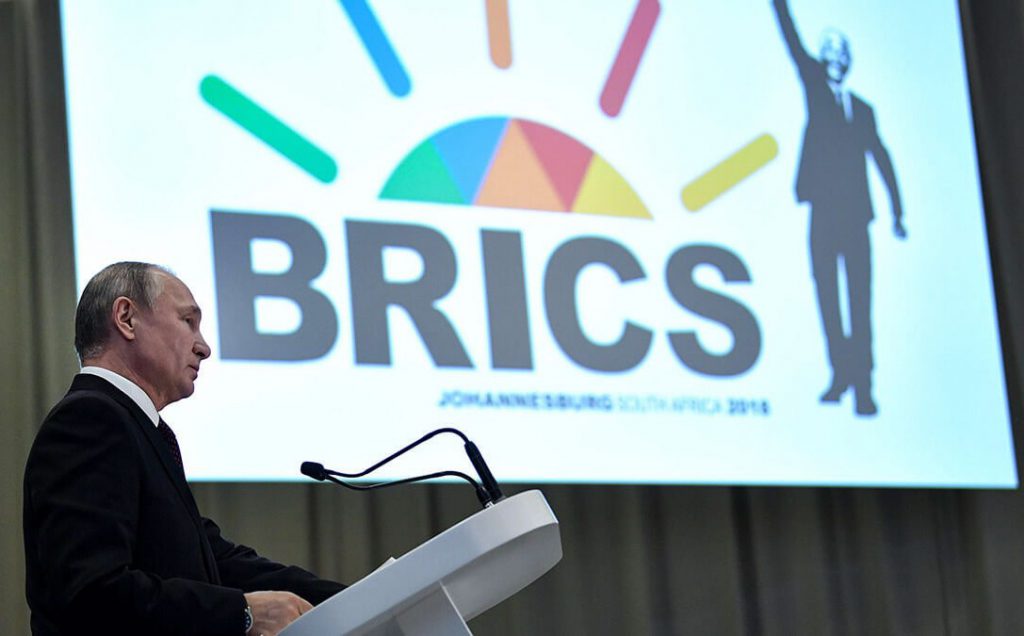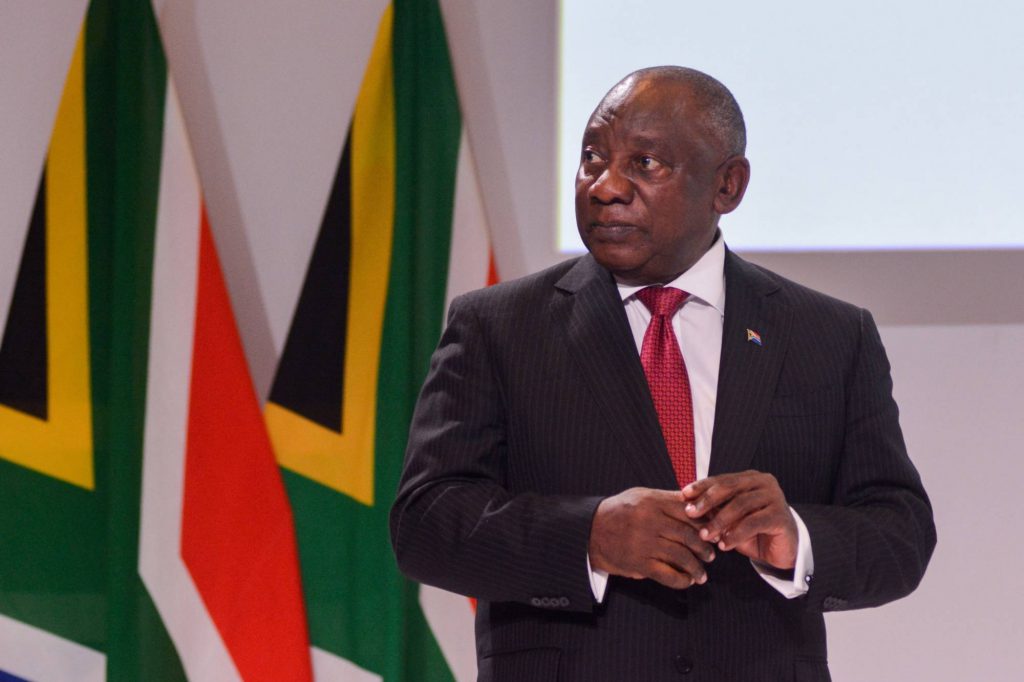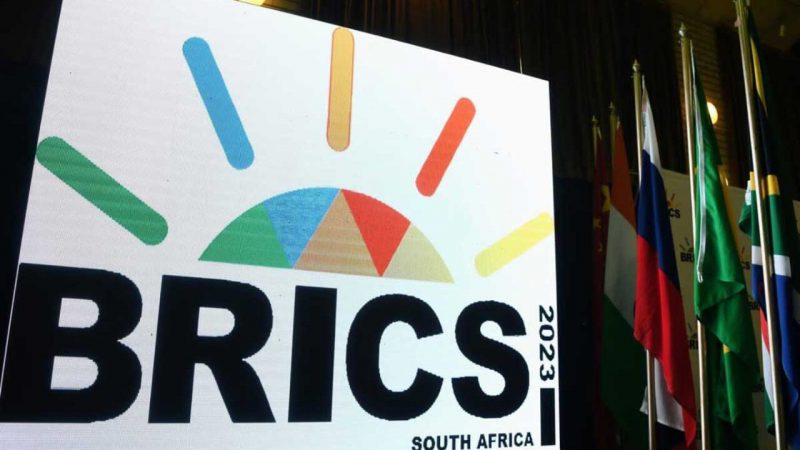With the BRICS Summit just a few days away, it has already had a notable impact on local currencies. Specifically, Reuters reported that the South African rand had noted significant strengthening on Friday. The two-day summit is set to begin in just four days, in the city of Johannesburg.
Ahead of South Africa’s monthly inflation data, the rand was trading at 18.9350 against the dollar, the report notes. Moreover, this is observed as a 0.8% increase over its Thursday close. Alternately, the currency has still been struggling throughout the month, hoping to continue the positive impact that the BRICS event could have.


Also Read: BRICS Summit to Bring Economic Growth Even Without Expansion
BRICS Summit Shows Notable Gains for South African Rand
The annual BRICS summit is poised to be an important moment for the economic alliance. Indeed, the event will not only feature Brazil, Russia, India, China, and South Africa but more than 40 heads of state. On the agenda for the event will be potential expansion and the continued utilization of local currencies within the bloc.
Now, with the BRICS summit fast approaching, local currencies are already noticing an impact. Specifically, the South African rand finished Friday stronger, according to a report from Reuters. Specifically, it increased 0.8% higher than its close on Thursday.


Also Read: Every Country that Could Join the Expanded BRICS Alliance
The South African currency is still struggling overall throughout August, down 16%. Additionally, earlier this week, the rand fell over concerns regarding China’s economic state. The country’s biggest trading partner, investors, had their eyes on South Africa’s inflation figures for July.
The promotion of local currencies has continued to be a priority for the BRICS alliance. Therefore, its positive effect on the rand should be noted. Although the bloc has notably embraced the Chinese yuan, it has made a concerted effort to provide a wide-scope plan to promote currencies from throughout the bloc. Expanding their use internationally and bilaterally.





